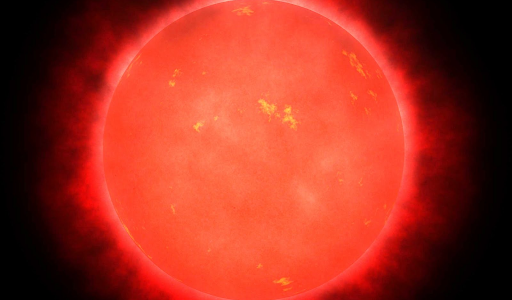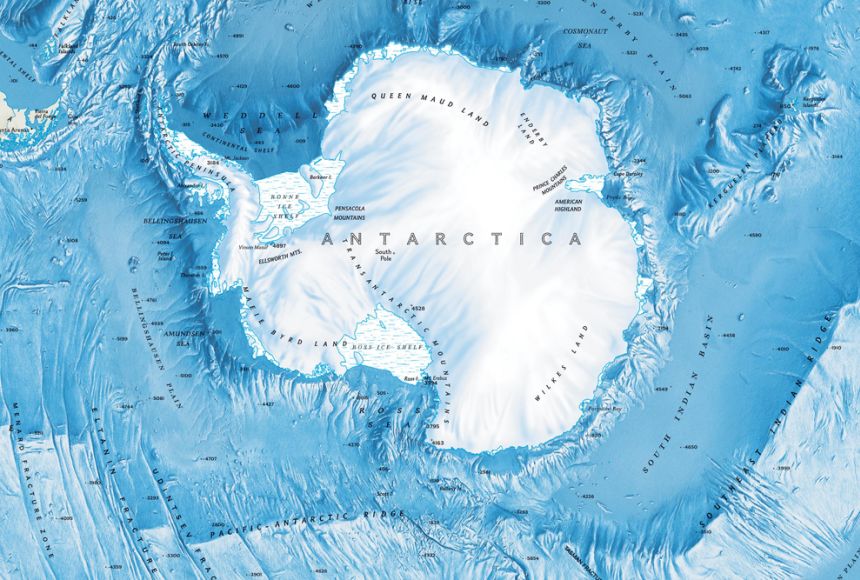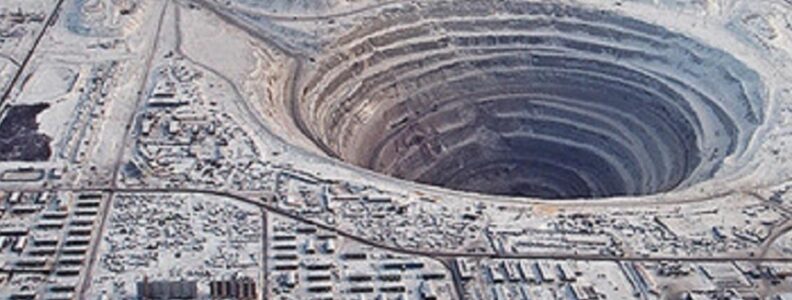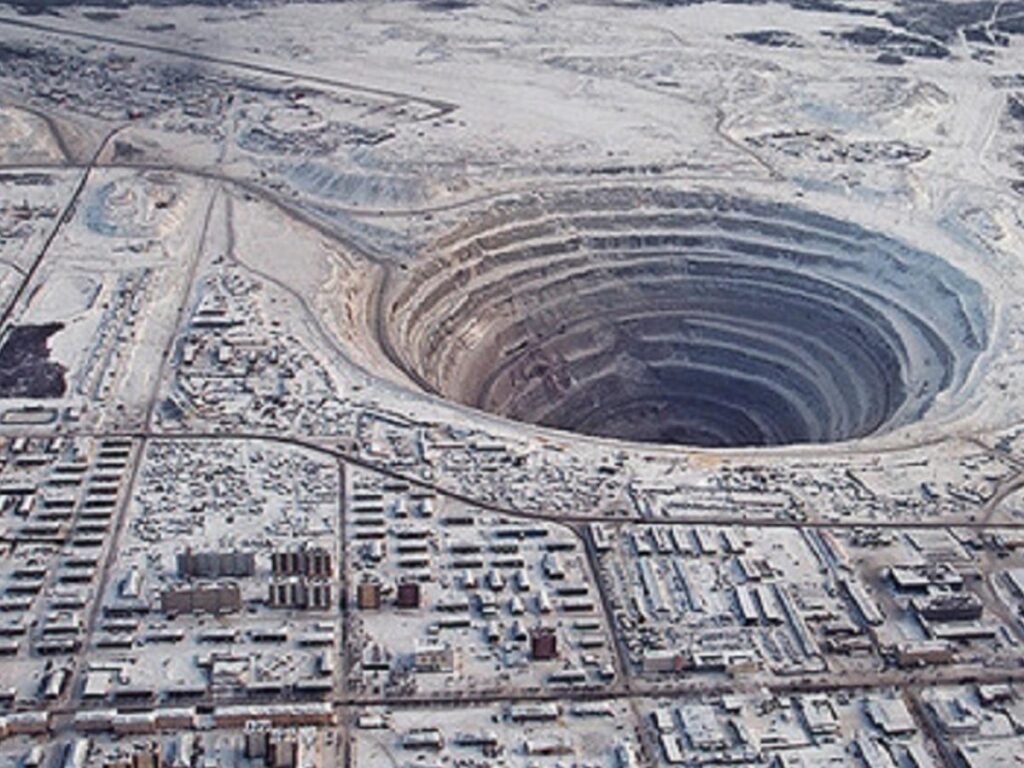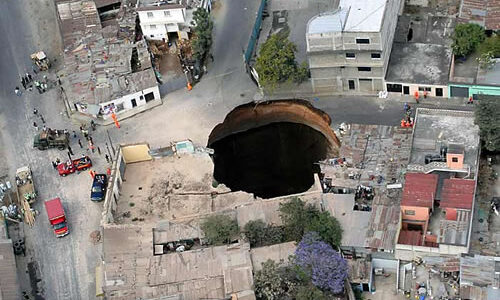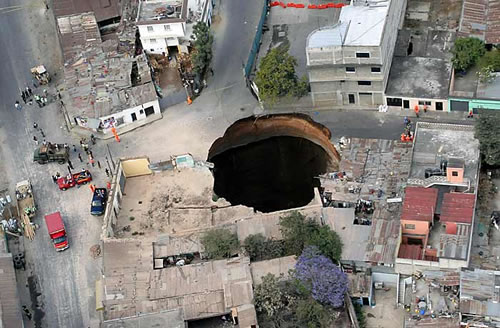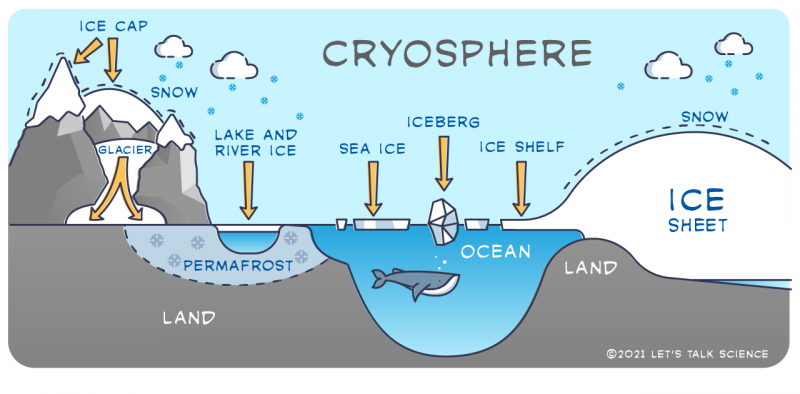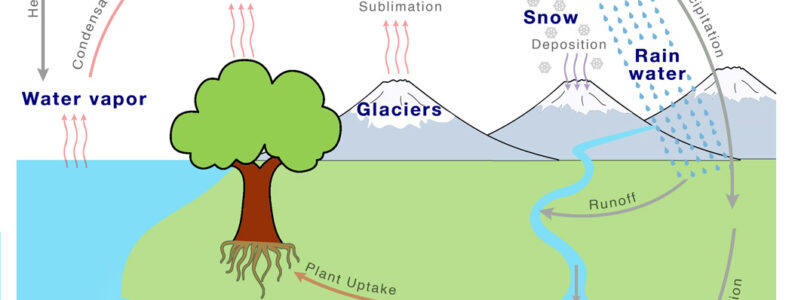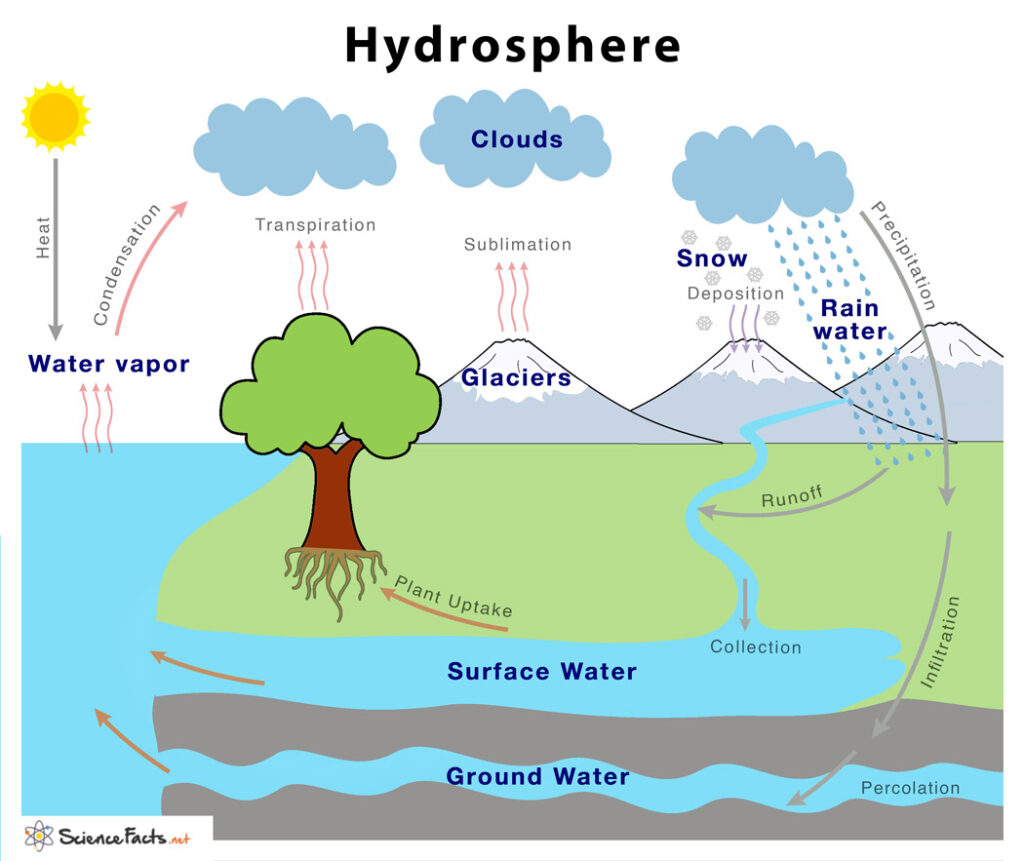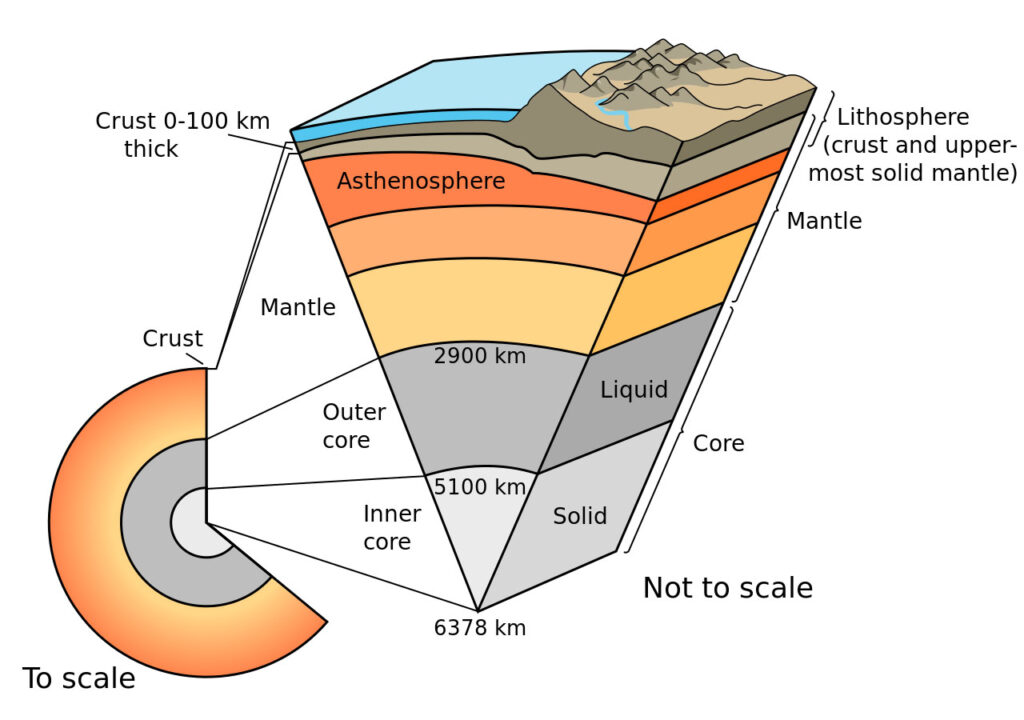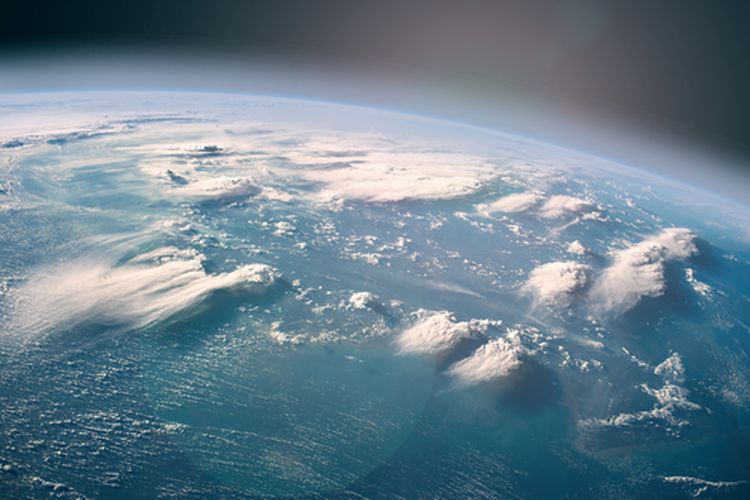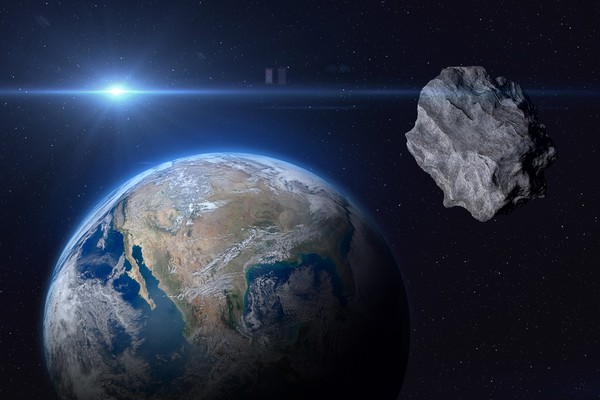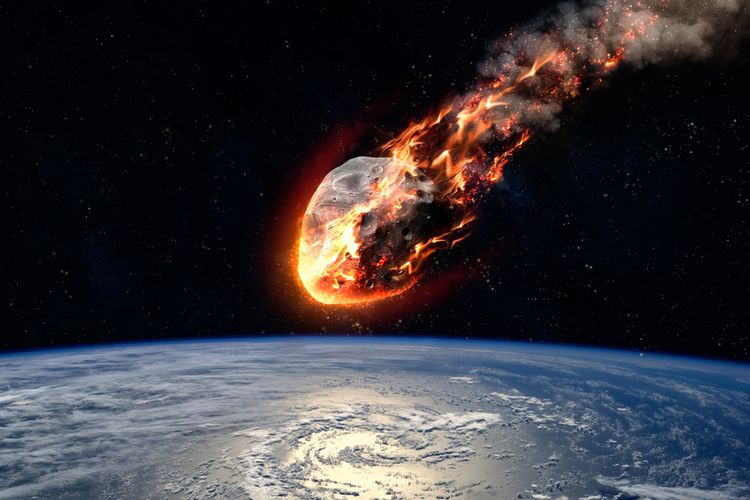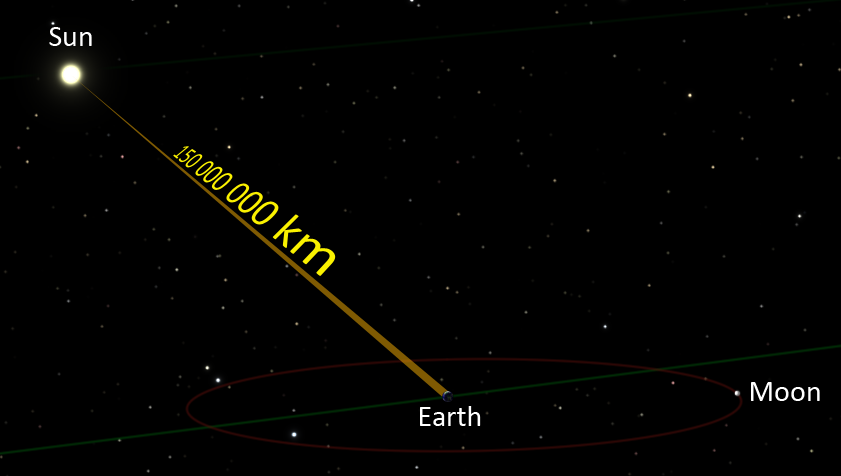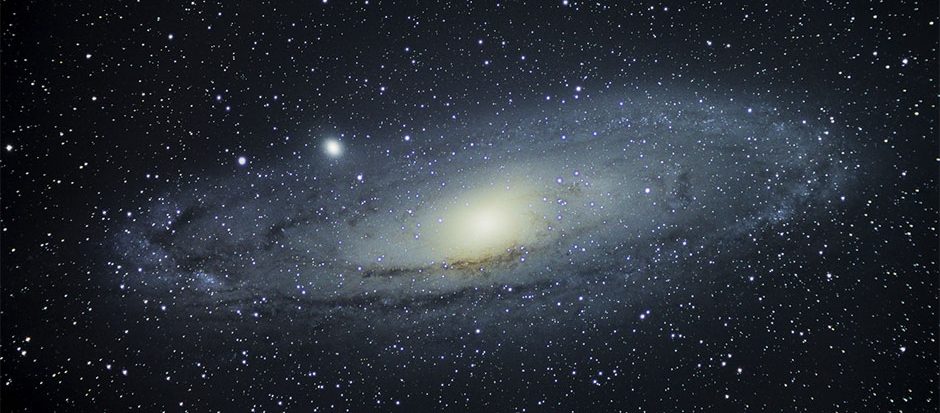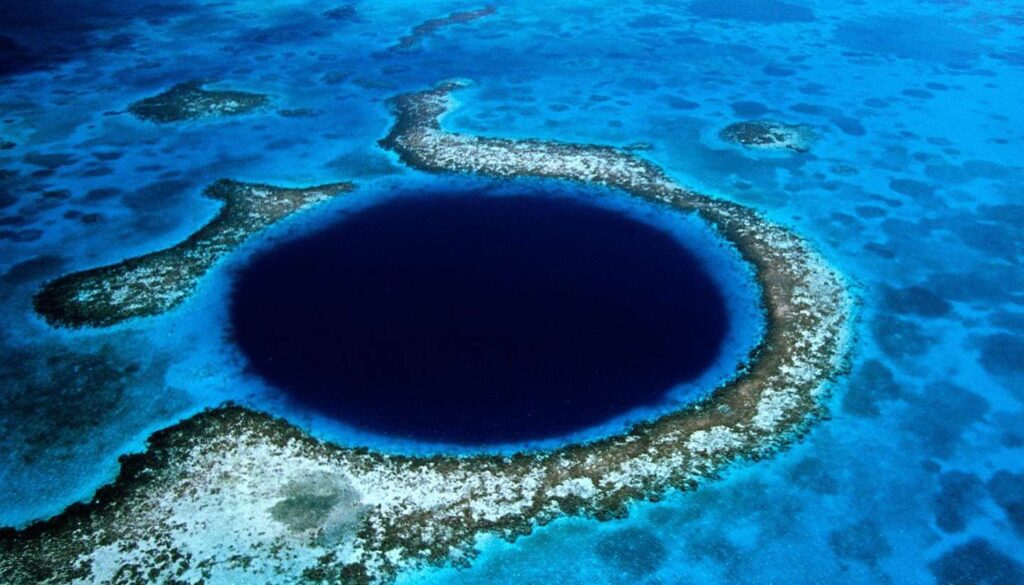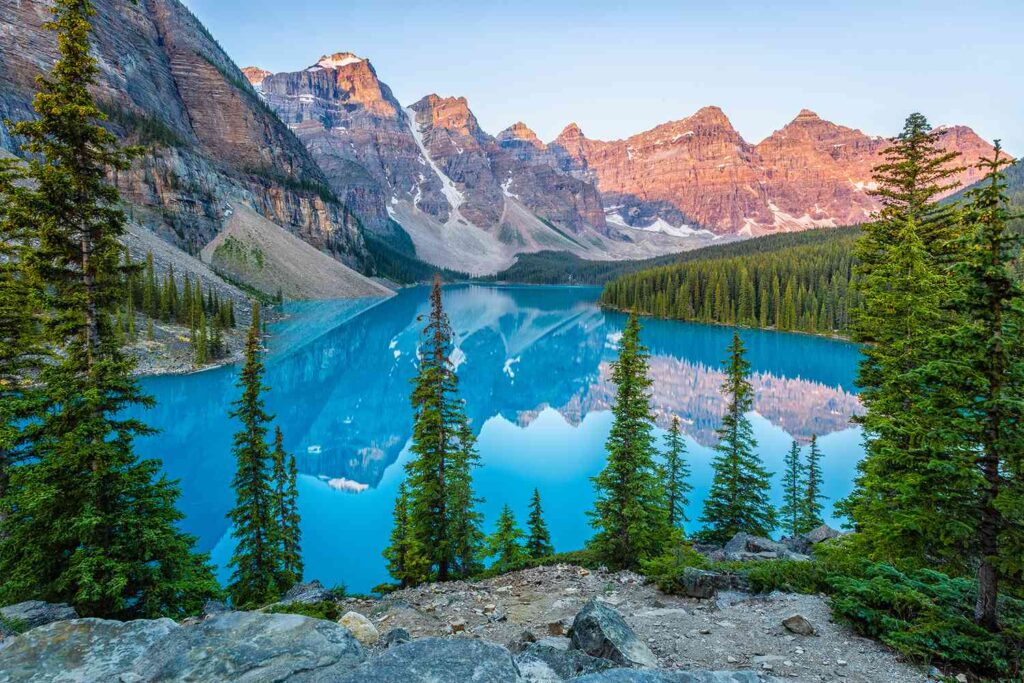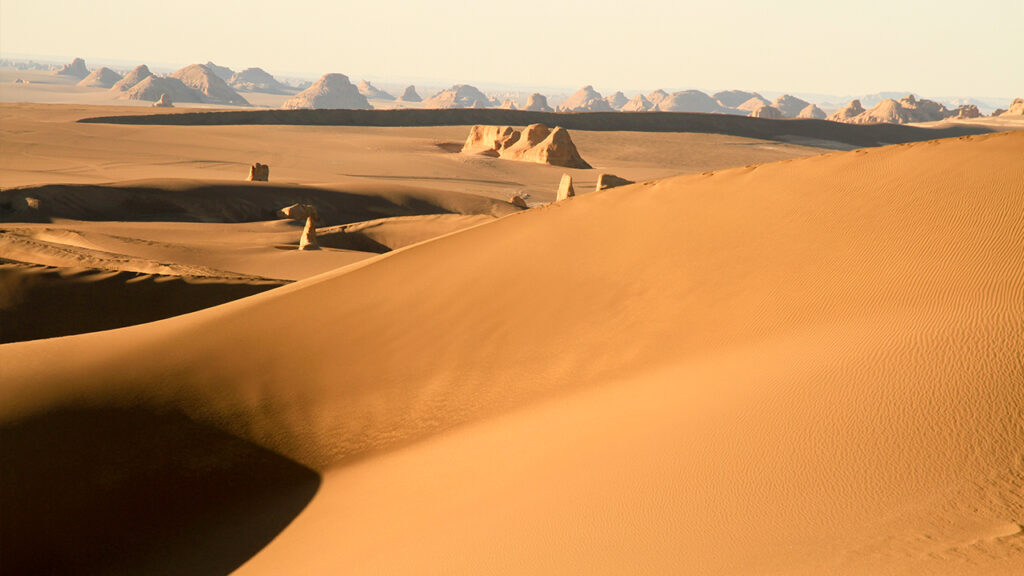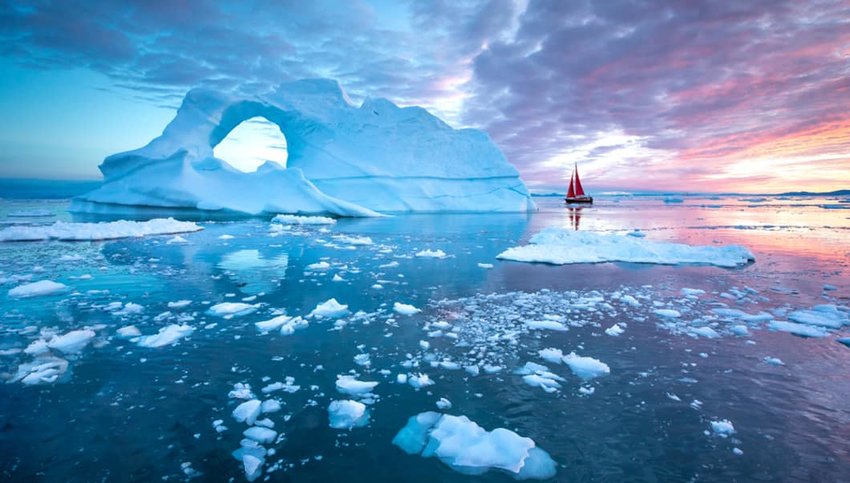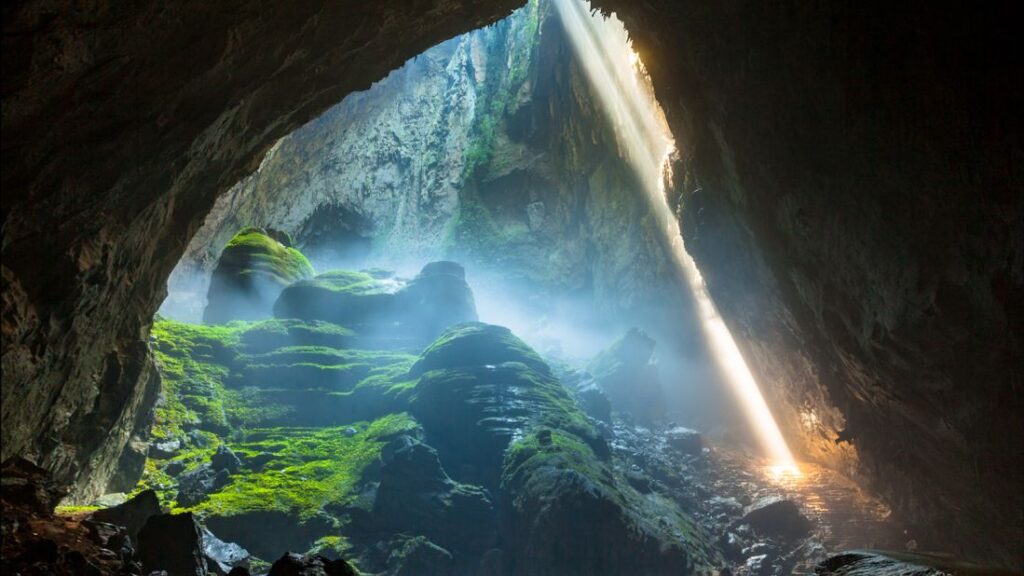Red Dwarf Star: A Subdued Spark in the Cosmic Symphony – In the vast expanse of the universe, where stars shine like beacons, red dwarf stars emerge as the unassuming and intriguing members of the stellar community. These celestial orbs, often overlooked due to their dim glow, hold secrets that astronomers and stargazers find captivating.
This article delves into the world of red dwarf stars, uncovering their destiny, significance, unique characteristics, and the captivating origins of their name. slot
What Does a Red Dwarf Star Turn Into?
Red dwarf stars, despite their diminutive size and dim luminosity, enjoy a remarkably long lifespan. Unlike larger stars that go out in a blaze of glory, red dwarfs endure for billions of years, evolving slowly and gradually. Eventually, they transition to become white dwarf stars, compact remnants that mark the serene end of their stellar journey.
Is a Red Dwarf a Dying Star?
Indeed, a red dwarf star can be seen as a dying star in the sense that it represents the later stages of stellar evolution. These stars are far less massive and luminous than their more massive counterparts, such as main-sequence stars like our sun. While they burn fuel at a slower rate, they do exhaust their nuclear fuel over time, leading to their eventual transformation into white dwarf stars.
The Unique Nature of Red Dwarf Stars
What sets red dwarf stars apart is their diminutive size and cool temperatures. These stars are much smaller and cooler than stars like our sun, which is classified as a G-type main-sequence star.
Due to their low luminosity, they emit most of their energy in the form of infrared radiation rather than visible light. This makes them challenging to observe directly with the naked eye or traditional telescopes.
The Name “Red Dwarf Star”: A Colorful Moniker
The name “red dwarf” aptly describes the characteristics of these stars. “Red” refers to their cooler temperatures and the fact that they emit a significant portion of their radiation in the red and infrared parts of the electromagnetic spectrum.
“Dwarf” reflects their small size compared to other main-sequence stars. The name serves as a reminder of the diversity of stars in the universe, each with its own unique traits and features.
Conclusion: Faint Lights, Profound Insights
Red dwarf stars may be faint in the night sky, but their significance in the cosmic narrative is anything but dim. Their longevity, subtle luminosity, and eventual transformation into white dwarf stars contribute to the dynamic story of the universe’s evolution.
As these modest stars continue to shine across the eons, they remind us of the myriad pathways that stars traverse and the profound insights they offer into the nature of our celestial surroundings.

